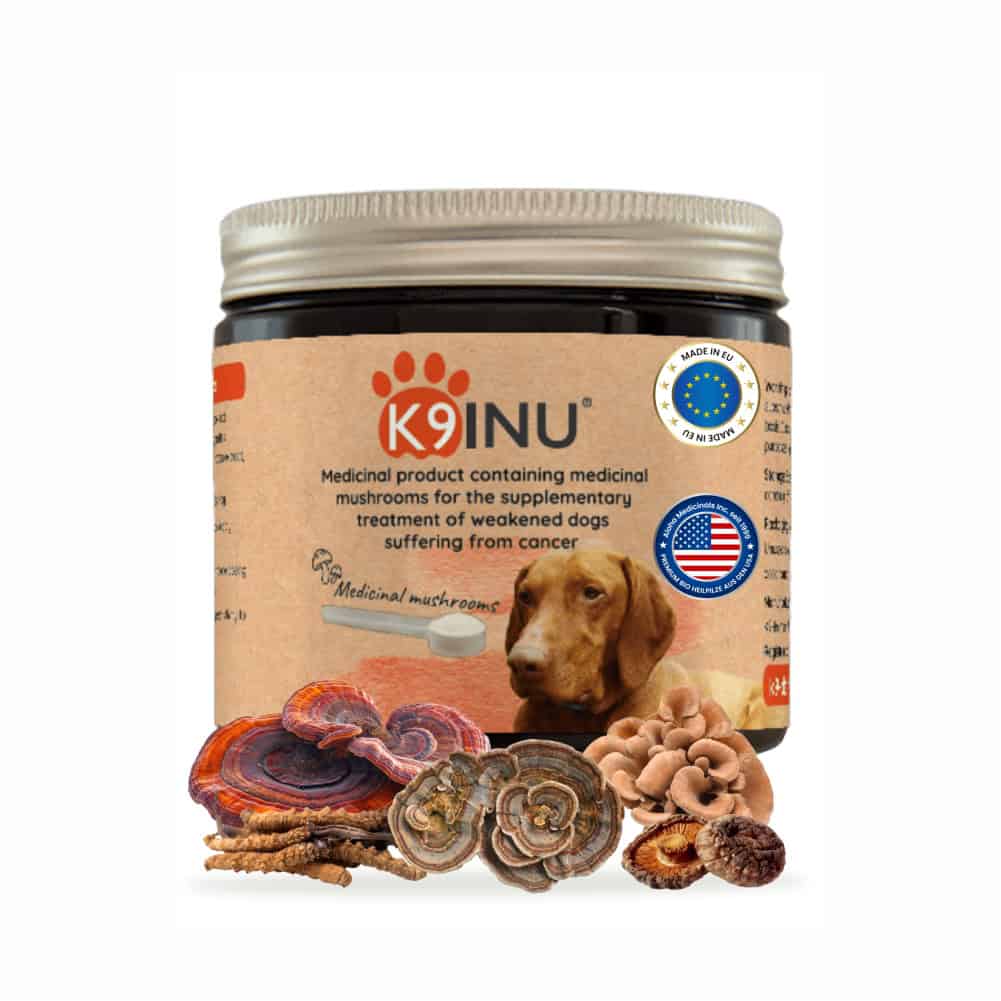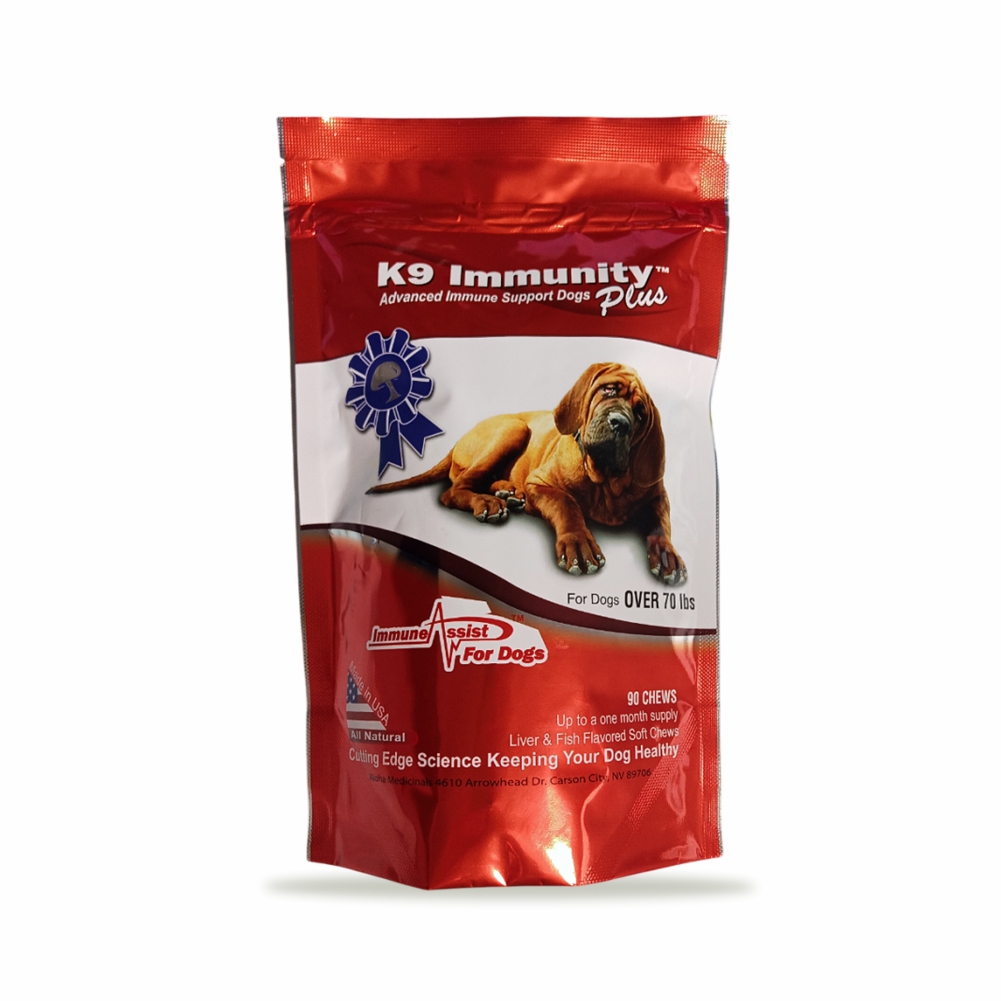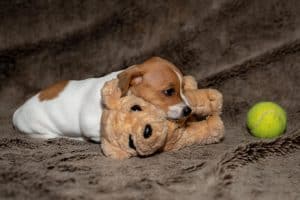Puppy socialization (0–16 Weeks) – How to do it right
The first weeks of a puppy’s life determine its emotional stability, confidence, and ability to adapt. Puppy socialization isn’t just about meeting people or other dogs. It is a deliberate, structured process during which the puppy learns how to respond to different stimuli: sounds, surfaces, movements, locations, and everyday situations. When done correctly, socialization helps prevent fear-based behavior, anxiety, reactivity, and long-term behavioral problems.
This article helps you understand every stage of the 0–16 week socialization period and shows you how to raise a balanced, confident, and resilient dog.
The difference between socialization and habituation
Owners often confuse the two, although both are essential. Socialization refers to interaction with living beings: people, dogs, and other animals. Habituation means the puppy becomes accustomed to everyday stimuli like objects, noises, environments, and moving items. Many fear-based reactions and anxieties develop because the puppy was not properly exposed to everyday stimuli or habituation was incomplete.
This is why it’s crucial that the owner not only introduces the puppy to living beings but also systematically exposes it to environmental stimuli.
Understanding the 0–16 week socialization period
The socialization period begins around the third week and peaks between weeks 6–12. Research shows this is the most critical phase in shaping a dog’s worldview. Puppies are naturally more curious during this window, but this is also when the first fear responses appear, which can be guided in a healthy way with calm, supportive leadership.
Studies confirm that puppies who encounter a wide variety of positive experiences during this period show significantly fewer fear-based behaviors as adults. Early Neurological Stimulation (ENS) applied during the first days further supports neurological development; details are explained in the next section.

Week by week – The most important stages of puppy socialization
0–3 weeks – Neonatal and transitional development
Life begins in the neonatal period (0–2 weeks), during which the puppy is still blind, deaf, and entirely dependent on the mother. Puppies spend almost all their time sleeping or nursing, while the mother provides warmth, cleaning, and repositioning. Immune protection comes primarily from colostrum, while the puppy’s nervous and immune systems begin their slow maturation.
ENS is exclusively the breeder’s responsibility, as the protocol is limited to days 0–16 when the puppy remains with the mother. Responsible breeders carry out these few seconds of gentle exercises daily, which do not cause pain or fear but have been shown to support stress resilience, neurological stability, and stronger immune responses throughout life. Since ENS is tied to a unique developmental window that cannot be repeated, it is crucial to choose a breeder who implements this method.
The 2–3 week period is the transitional phase, during which vision and hearing begin to develop. The eyes open, the ear canals unblock, and puppies react to environmental stimuli for the first time. This is when early tail wagging and emotional communication appear, preparing the puppy for the upcoming socialization window.
Practical example: The breeder gently handles each puppy for a few minutes daily, letting different parts of the body touch hands and soft fabrics. This helps the puppy tolerate touch and handling more naturally later in life.
3–5 weeks – Gentle early stimuli
This phase also takes place entirely at the breeder’s home. Puppies are introduced to gentle touch, soft sounds, and the basics of communication with littermates. Although ENS has ended by this stage, its effects continue to support neurological development. Early positive experiences help build a stable nervous system and set the foundation for later behavior.
Key tasks during this period:
- providing gentle physical contact
- introducing soft background noises (human voices, quiet household sounds)
- experiencing play and body language with littermates
- ENS completed earlier (0–16 days)
Practical example: The breeder plays quiet background noise (e.g., dishes clinking, distant traffic) while the puppies play calmly. This helps them avoid developing noise sensitivity later.
6–8 weeks – First learning steps with the breeder
The puppy remains with the breeder during this time, as it is illegal to rehome a puppy before 8 weeks of age. The breeder must provide a calm, predictable environment, introduce household noises, different surfaces, and ensure positive human interaction.
Key tasks during this period:
- providing a safe, varied environment
- introducing different surfaces (carpet, tile, grass, flooring)
- gradual exposure to household sounds (vacuum, clattering dishes, TV)
- positive, calm human contact
Practical example: The breeder places different textures on the floor (towel, rubber mat, cardboard) and allows puppies to walk across them at their own pace. This improves body awareness and confidence.
8–12 weeks – The golden period
After 8 weeks, the puppy can move to its new home, and structured socialization can begin. This is the most effective period for puppy socialization. During this time, the puppy should meet new people, explore new environments, encounter objects, and have controlled interactions with calm, vaccinated dogs. Short, positive experiences build the foundation of lifelong confidence.
Key tasks during this period:
- meeting different types of people (children, older adults, people wearing hats, people with glasses, people with deep or high voices)
- exploring new environments (streets, parks, dog-friendly stores)
- short car rides and new experiences introduced safely
- controlled interactions with vaccinated, calm dogs
Practical example: The owner takes the puppy to a quiet dog-friendly shop where it can sniff and observe people for a short period. Reward every calm reaction.
12–16 weeks – Building confidence
During this period, puppies become more independent and may show caution in certain situations. Your job is to continue providing positive experiences and allow the puppy to explore at its own pace.
Key tasks during this period:
- building confidence with varied situations and environments
- introducing new objects, noises, and moving stimuli gradually
- encouraging independent exploration
- respecting the puppy’s comfort zone (increase distance if fearful)
Practical example: Show the puppy a new object (like a large umbrella). Start at a distance, let the puppy observe, then move closer only when the puppy chooses to, rewarding curiosity.
Essential elements of puppy socialization
1. People and gentle handling
Introduce the puppy to people of different ages, appearances, and movements, and make sure these encounters are quiet, respectful, and controlled. In addition, always allow the puppy to decide how close it wants to get, so it can build confidence at its own pace.
2. Dogs and other animals
Choose calm, vaccinated, well-balanced dogs for early interactions, because these experiences help the puppy learn appropriate body language, bite inhibition, and play behavior. Moreover, these gentle introductions create positive associations that support long-term social skills.
3. Sounds and household noises
Introduce the puppy gradually to vacuum cleaners, kitchen noises, traffic sounds, and recordings of fireworks or thunderstorms, and always start at low volume. As the puppy remains calm, you can slowly increase the intensity, so it learns to handle everyday sounds with confidence.
4. Environments and surfaces
Let the puppy walk on grass, carpet, asphalt, gravel, and wood, and in addition, visit parks, quiet streets, dog-friendly stores, and safe indoor places. This variety helps the puppy understand that different environments and textures are normal and not threatening.
5. Movements and objects
Bicycles, runners, strollers, scooters, rolling suitcases, umbrellas, and moving objects should also be introduced gradually, because they help the puppy perceive these as normal parts of life. Furthermore, pairing these experiences with rewards ensures that the puppy builds positive associations.

The role of positive reinforcement
Treats, praise, and gentle touch help the puppy associate new experiences with safety. This prevents fear-based memories and supports healthy emotional development.
Common mistakes to avoid during puppy socialization
- Forcing the puppy to meet people or dogs.
- Too many stimuli in too little time.
- Uncontrolled or rough interactions with dogs.
- Failing to protect the puppy from overwhelming experiences.
- Skipping socialization until all vaccinations are complete (safe environments are still essential!).
How not to socialize your puppy
- Do not force your puppy toward people or dogs – let it choose.
- Do not overwhelm it with too many stimuli at once.
- Do not allow uncontrolled dog interactions.
- Do not punish uncertainty or fear.
- Do not visit high-risk areas before vaccinations (but safe socialization is still necessary!).
Safe socialization before vaccinations
Many owners mistakenly believe that puppies must stay indoors until fully vaccinated. In reality, safe and controlled socialization is essential during this period. Avoid unfamiliar dogs and contaminated public areas, but indoor and supervised outdoor socialization is both possible and necessary.
What happens if you start socialization after 16 weeks?
The socialization window closes, but the process does not end. Socialization is still possible but requires a slower, more deliberate, and safer approach. Puppies may already have established fear responses and can be more cautious.
Owners must place extra emphasis on gradual progression, positive associations, and patience. Progress is still highly achievable with repetition and gentle exposure.
- Start with very low-intensity stimuli – quiet areas, distant observation, low stress.
- Let the dog choose – never push it forward.
- Short, frequent sessions – 5–10 minutes are ideal.
- Use positive reinforcement consistently.
- Avoid overwhelming situations.
- Watch for subtle stress signals.
- Provide safe “fallback points” to retreat.
- Begin with controlled interactions with calm dogs and kind people.
- Allow rest periods before and after new experiences.
The later socialization begins, the more critical a structured, safe, and positive approach becomes. Progress may be slower, but with patience and careful exposure, most puppies show significant improvement.
The perfectly socialized puppy – Essential checklist for owners
Highly practical and widely requested, this checklist helps ensure your puppy grows into a confident, balanced, and well-behaved adult. The goal isn’t simply to “check boxes,” but to create positive, safe, and controlled experiences.
- 20 different people – children, older adults, people with hats, sunglasses, hoodies, different heights, and different voice types. The puppy should choose the distance, and all interactions must be calm and rewarded.
- 10 different environments – yards, quiet streets, parks, near playgrounds, dog-friendly shops, urban areas, bus stops. Start with quiet places and gradually increase complexity.
- 10 surface types – grass, gravel, sand, wood, concrete, tiles, carpet, rubber mats, metal grates, earth. Let the puppy explore at its own pace.
- 10 different sounds – low-volume vacuum, doorbell, clattering dishes, TV, music, traffic, thunder, fireworks recordings, children playing, engines. Always start soft.
- 5 types of vehicles – car, bus, bicycle, motorcycle, scooter. Start at a safe distance.
- 5 different animals – cat, bird, horse, rabbit, dog. Always at safe distance and under control.
The list is not meant to be completed quickly or all at once. Socialization is about gradual exposure, only moving forward when the puppy shows relaxed body language. If the puppy freezes, backs up, yawns, or licks its lips, increase the distance and slow down.
Signs of a well-socialized puppy
- Shows curiosity in new situations.
- Recovers quickly from sudden noises or events.
- Approaches people and dogs with loose body language.
- Explores independently but checks in with you.
- Handles noises and changes calmly.
Safe socialization ideas you can start today
- Watching playgrounds from a distance – reward calm behavior.
- Walking in quiet urban areas – ideal first step.
- Fence-line dog watching – safe observation.
- Exploring new surfaces – bubble wrap, towels, rubber mats.
- Inviting calm friends – ask them to approach slowly, crouch, and quietly offer treats without petting until the puppy is confident.
- Low-volume sound recordings – fireworks, thunder, traffic.
Frequently Asked Questions
❓ When should I start puppy socialization?
Puppy socialization begins with the breeder at around 3 weeks of age, and the ideal window peaks between 8–12 weeks.
❓ Is it safe to socialize a puppy before vaccinations are complete?
Yes, as long as it occurs in clean, controlled environments. Early socialization is essential for healthy behavioral development.
❓ How do I know if my puppy is overwhelmed?
Signs include freezing, lip-licking, yawning, tail-tucking, or trying to hide. These indicate stress, so slow down immediately.
Further Recommended Reading for Dog Owners
To support your puppy’s development, explore related guides such as choosing a puppy from the litter and creating a safe home environment for your puppy. For natural immune and digestive support, learn about brewer’s yeast for dogs and Boswellia serrata. For later life stages, discover the basics of canine weight pulling, understand hip dysplasia in dogs, and review canine osteoarthritis.
Important: This puppy socialization guide is for general educational purposes and does not replace personalized advice from a qualified trainer or behavior professional. Every dog is unique; when in doubt, consult an expert.
References:
- Boone, G., et al. (2022). The effect of Early Neurological Stimulation on puppy welfare in commercial breeding kennels. Animals, 12(12), 2895.
- Youngerman, C. (2019). Original publication. UC Davis School of Veterinary Medicine.
- American Veterinary Medical Association (2024). Socialization of puppies and kittens – literature review.
- Gaillard, V., et al. (2022). Environmental risk factors for fear- and aggression-related behavioral development. Frontiers in Veterinary Science.





